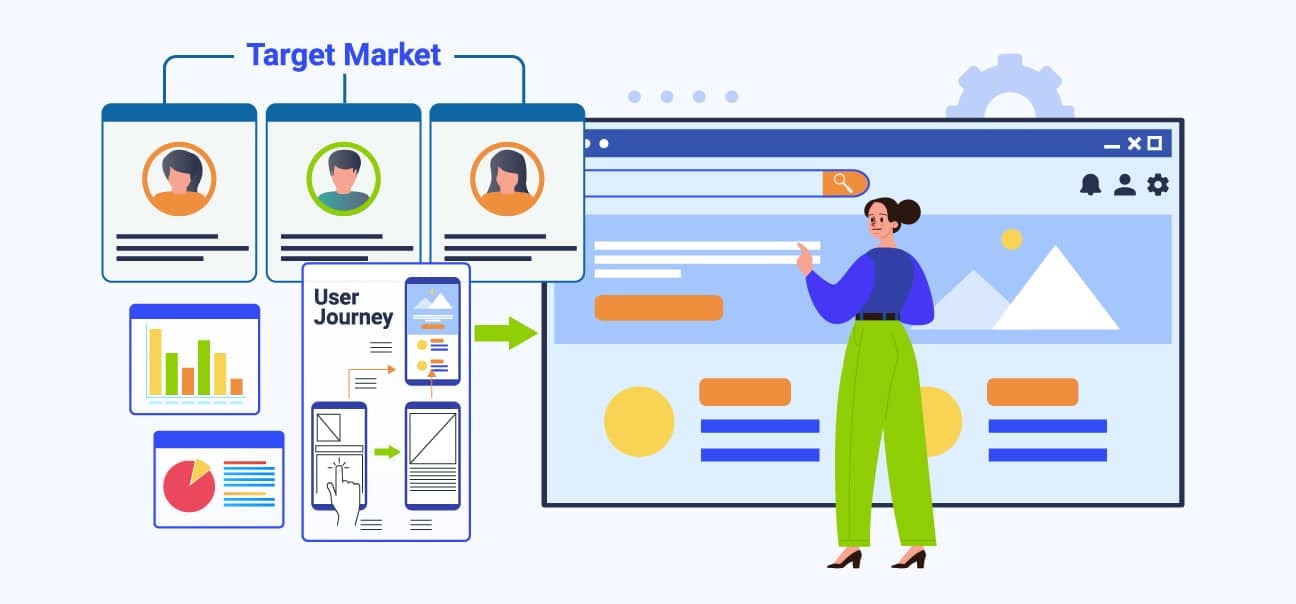What Is Agile SDLC and How Should You Use It in 2022?
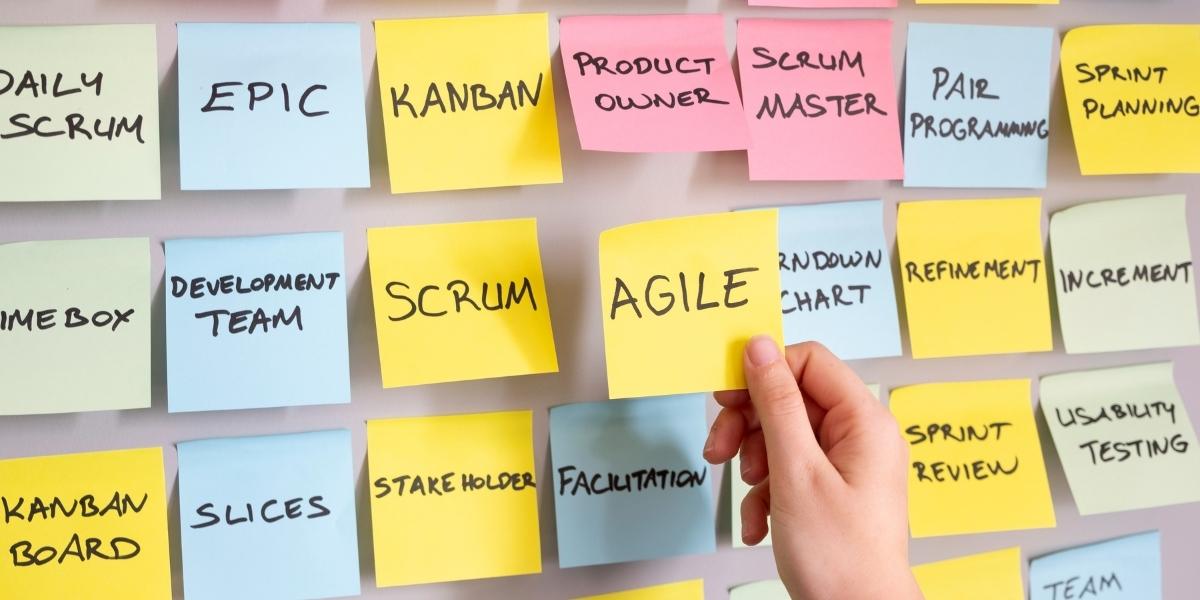
The agile software development lifecycle is a popular methodology in software development. It has six stages: concept, inception, iteration, release, maintenance, and retirement.
At BIT Studios, we use the Agile SDLC to transform your digital ideas into success stories. The platforms we develop gain positive feedback from clients’ customers and stakeholders.
What Is Meant by Agile SDLC?
The Agile SDLC method focuses on making decisions as a group. Agile also ensures that customers are happy. More so, it shows how things have changed over many short cycles. The team usually works in cycles that last two to four weeks.
Cross-functional teams that always work together are the bases of many agile methods. Despite following certain protocols, agile teams don’t always stick to their plans.
They change and get better if a step could hurt the productivity of the Agile development. What matters most is getting the best result possible. With agile methods, the product is broken up into small pieces that are built up over time. The developers present to the customer at the end of the iteration. And it’s with all of the customer’s features.
Most iterations last between one and three weeks and include the following:
- Planning
- Analyzing
- Architectural design
- Coding
- Unit testing
- Acceptance testing
- Delivery
- Feedback
You do the steps repeatedly until everything on the product backlog is done. There is not a single step that leads to the next. The order can be seen on the Agile software development lifecycle diagram.
The Agile model says that each project is handled differently. And those existing methods are changed to fit the project’s needs best. You focus on goals that are easier to reach and tell your team what to do next.
Digital technologies keep getting better and better, and they are now the real world. It has made the software development market huge.
Agile is one of the most popular methods used today, and the statistics show how popular it is:
- Seventy-one percent (71%) of companies use the Agile SDLC method.
- Agile managed to help 98% of companies to deliver their projects on time.
- 60% of companies that use Agile make more money.
- Agile helped the federal government accomplish 80% of its IT projects.
- The failure rate for the Agile software development cycle is only 8%.
How to Implement an Agile SDLC in 2022
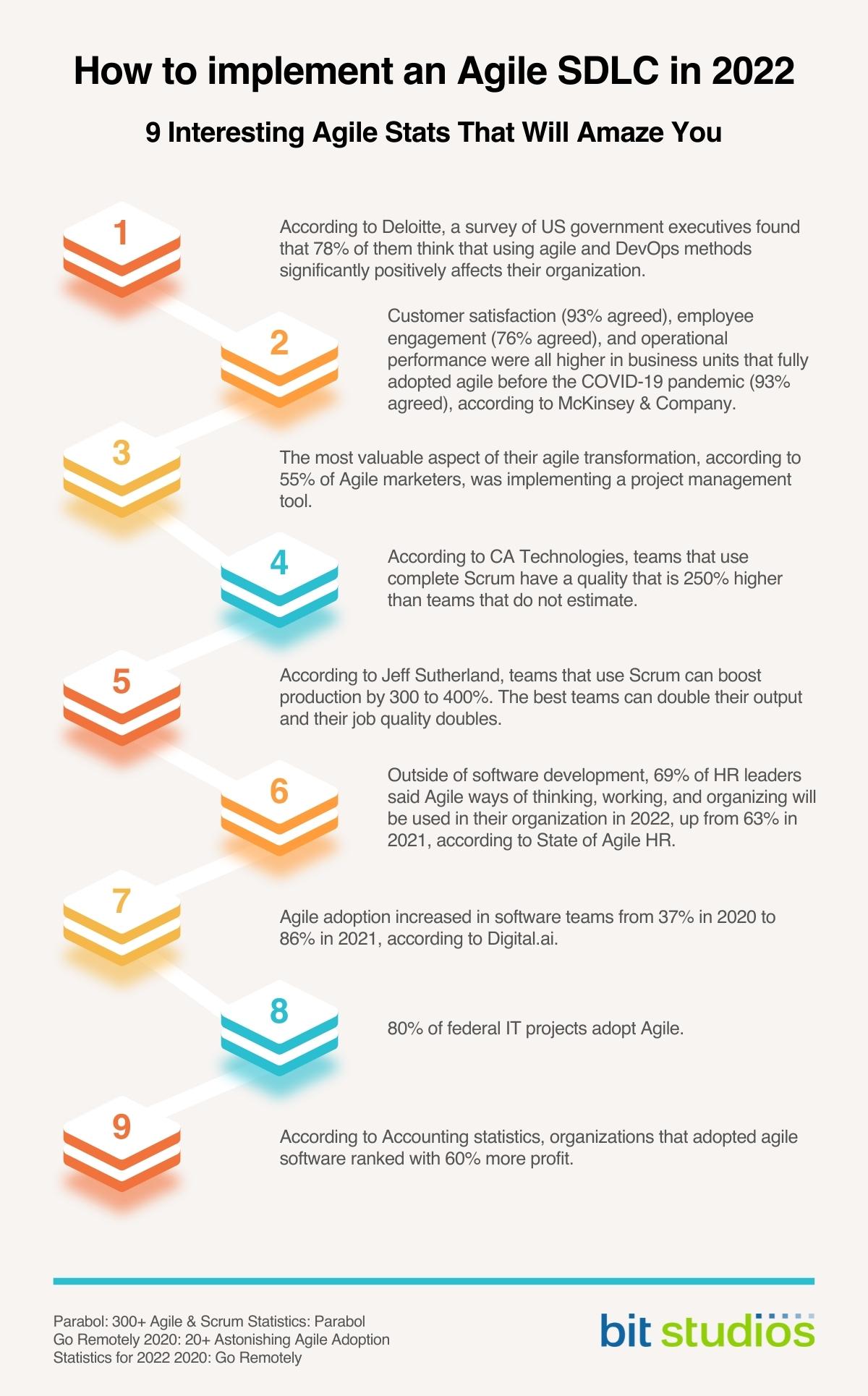
If you choose Agile software development, you must do things a certain way. It’s to ensure your firm’s design and development transformation goes well.
Make a Total Commitment to the Agile Development
Everyone needs to work together for the team to move to the SDLC agile model. You have to think about more than just your managers and developers. Regular meetings should also be held with clients and stakeholders.
Shift Your Mindset by Adopting the Principles and Values
Keep an Agile manifesto on hand so you can quickly look it up. Use it as a place to start talking about company values. Plus, the way of thinking will guide projects in the future.
Your teams and managers need to understand that they can’t know everything ahead of time. Focusing on the big picture and making plans for the first two weeks can be a significant change.
Even when you have your first agile team, making the change will take time, but it will be worth it. Agile teams with more experience are 21% more likely to meet their project goals.
Pick the Best Agile SDLC Method for Your Business
There is no single way to use the agile method. For example, the Scrum SDLC is a great way to use speed and flexibility. An iterative approach lets you focus on the short term. This helps you keep track of your most important goals.
Fill and Enhance a Product Backlog
Make a list of features and user stories that your product might need. It would be best if you did this with the product owners and other important people. Share updates with everyone in real-time when priorities change. And when coming up with new ideas.
Organize Your Sprint (Iteration)
Set up a meeting and discuss the backlog with the development team and client. Choose a few to work on during the next project sprint.
Make a new software product development process based on the user stories you chose. Determine the project owners and deadlines.
Make sure your sprints are long enough to give your teams time to adjust if there are bottlenecks. Your team must also be able to adapt to things that come up out of the blue. Still, your sprints are short enough that you can meet deadlines.
To plan an agile project, you need to use development tools that give workers the power to be task owners. It helps people stay on task and motivated.
Have a Meeting Everyday
Every agile team needs to have a meeting every day. Even if you are using Scrum or another framework, you still need to set up an appointment.
You need to aim for these three things:
- What happened yesterday
- What you’re doing right now
- What’s stopping you? (roadblocks)
Engage Your Stakeholders in a Test of the Iteration
After the sprint, it’s time to test the iteration with all the important people involved. The sprint was successful if the team accepted the new features and user stories. It would be a bad idea not to deal with their complaints in the next sprint.
During Sprint Review, Look at the Short-Term and Long-Term Goals, and the Backlog
After a sprint, taking stock of what was done is a good idea. Think about how the sprint results will affect the priorities of the backlog in the future. And find ways to make things better.
There are many more sprints in the Agile life cycle than just one. So, you must repeat the process until you have a final product that meets all your customers’ needs.
Agile SLDC Process Flow
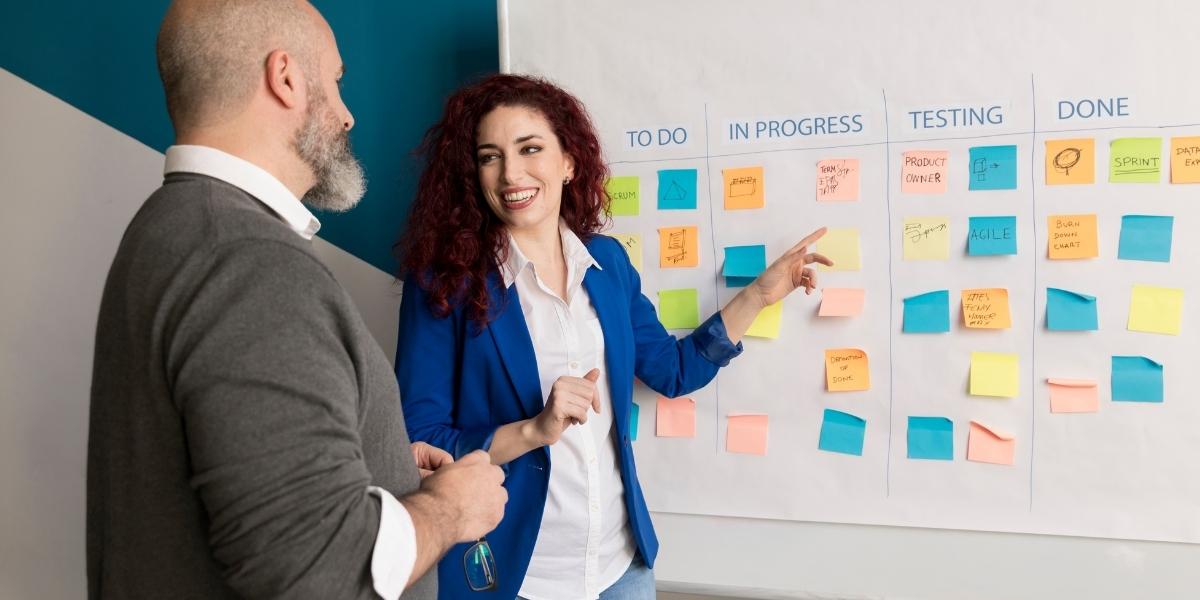
The agile software development lifecycle uses the iterative method most of the time. Customers will be able to use the software during each development cycle. Moreover, they will be able to get supporting materials such as documentation.
Each iteration usually lasts between two to four weeks, and there is a set date when it has to be done.
The iteration process is extensive. And each iteration can only cover as much as can be done in the available time.
During an Agile software development lifecycle, there will be many iterations. Every now and then, customers and stakeholders give feedback. This will ensure that specific requirements are met.
The Agile SDLC process flow involves the following steps:
- Concept
- Initiation
- Iteration or construction
- Release production
- Retirement
Concept
Set goals and give each of them a rank.
Initiation
It’s finding team members and figuring out how to pay them. Even more so, talking about the initial settings and needs. All of these steps are very important.
Iteration or Construction
The development team will build the basic version of the project. Their design and functionalities are based on customer and stakeholder feedback.
Release
The team performs quality assurance testing. Errors and bugs will be immediately resolved. Such changes in the software product should reflect in the documentation. Once completed, the project’s final iteration is released to production.
Production
Software maintenance and updates.
Retirement
When service ends, the customer must be told, and the service must be moved.
Many clients may be involved with a full Agile SDLC process lifecycle model.
Advantages of Agile SDLC

- Each part of the project has a precise end date and is easy to handle.
- It can be changed to fit new ways of doing things.
- Things are less probably to go wrong when making software.
- The product will come out earlier than expected.
- Functional requirements are taken into account in the development process.
- The customer can see how it ends and say if it was good or not.
Disadvantages of Agile SDLC
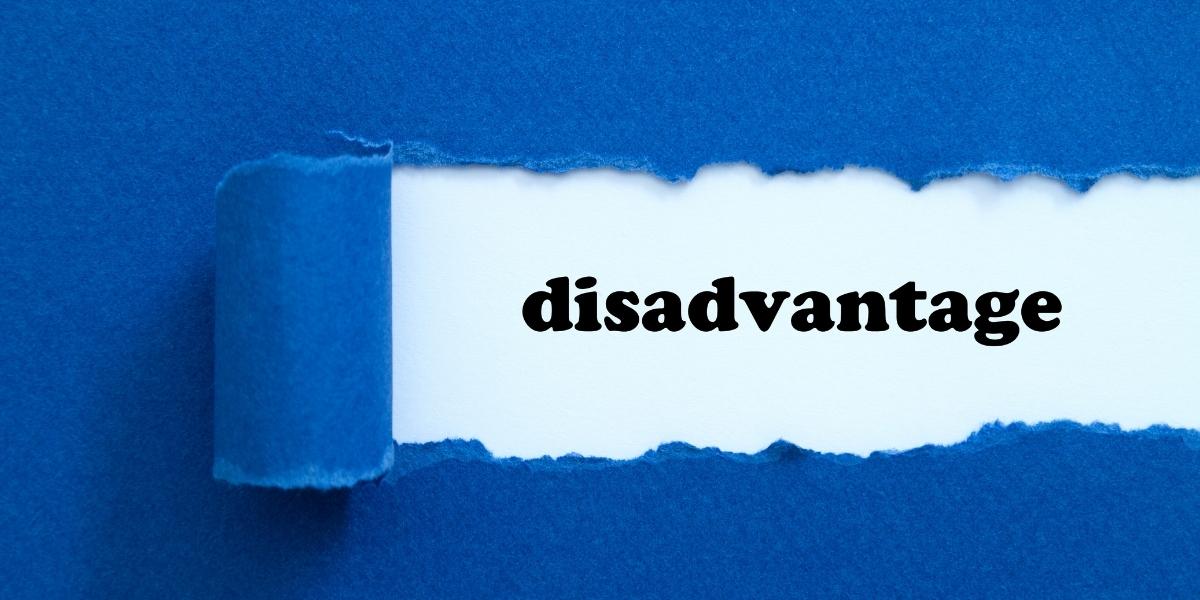
- The new need and the current architecture may not work well together.
- If there are more changes and corrections, the project might take no longer than expected.
- Because the project is constantly changing, it may be hard to guess how much it will cost.
The Six Phases of the Agile Life Cycle
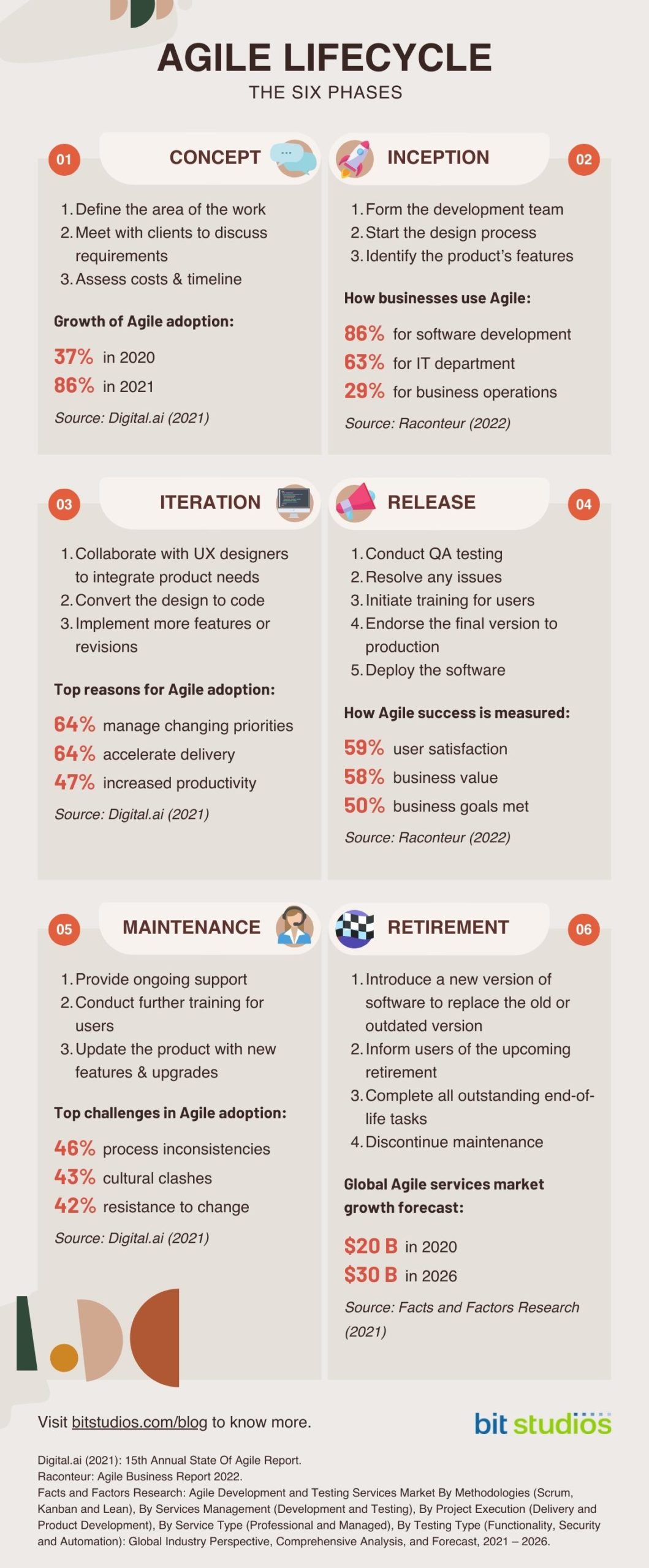
There are six Agile software development lifecycle phases. Let’s look at each of the six detailed Agile SDLC phases.
Concept
The concept stage occurs first in the Agile software development phases. A product owner should define the area of the work here. If there are several projects, it’s best to prioritize the significant ones.
The product owner meets with the client to discuss the essential requirements. Both parties will determine the software’s functionalities and the planned outcomes. It’s best to make the criteria as simple as possible since they can expand later.
It is also in the concept phase where the product owner assesses the project cost and timeline. With an extensive study, it is easier to determine if the project is feasible or not.
Inception
After establishing the concept, it’s time to organize its software development team. The project manager will verify the availability of their coworkers. Afterward, they will choose the best members to work on the project. It is also the duty of the project manager to provide the team with the required equipment and resources.
The design process could then begin. The software development team will design the user interface (UI). The team will also develop the project structure.
In the conception stage, the product owners will continue to provide input. This will ensure that the team meets the objectives. It is also the stage where the product’s features are identified. Frequent check-ins will ensure that the design procedure includes all the criteria.
Iteration
The iteration phase is often known as building. It’s usually the longest phase since most of the work happens here.
The software development team and UX designers will collaborate before coding begins. Both parties will combine the product requirements and feedback to build the project. The goal is to come up with a simple yet, functional software.
They can add more features or make some changes later on. This stage is crucial to agile software development. It allows developers to deliver working software quickly and adjust accordingly.
Release
The product is nearly ready for distribution. But before the deployment, the quality assurance team will do some tests first. For example, they need to check if the code is working well. If not, they should resolve it as soon as possible.
This phase must also include user orientation, which will need more documentation. Once all is ready, the product’s ultimate version may go into production.
Maintenance
Clients will now be ready to access the software when it’s wholly delivered. This operation puts it in maintenance mode.
Throughout this stage, the software development team provides ongoing support to the customer. This will ensure that the system runs smoothly and errors are resolved.
Aside from support, the development team must also provide training. It should not be limited to the customer. They can also train the intended users.
In this stage, it’s possible to encounter new iterations. When this happens, the development team can upgrade the new app.
Retirement
A product enters the retirement phase for one of two causes. It’s either there is new software or the legacy system no longer serves the business needs.
Software developers should tell customers directly that the software is retiring. Once there’s an alternative, developers should let customers move to the new platform.
Lastly, the software development team will complete any outstanding end-of-life tasks. They will also discontinue the maintenance of the current software.
Agile Software Development Lifecycle FAQs
What Is the Difference Between Waterfall SDLC and Agile SDLC?
Waterfall and Agile software development life cycle are two different ways of doing things. The way these two SDLCs finish projects or work items is different.
Agile methodology is a method that works in cycles and is based on working together. A waterfall is a step-by-step method that can be done with other people. But the tasks are run by a more organized process.
Why Is Agile the Best SDLC?
The Agile SDLC model allows teams to be more flexible and quickly implement changes. Users don’t have to wait long for updates and new features to be added to their existing products.
The Agile life cycle sets the conditions. These rules make it easier for users and product owners to talk to each other. So, letting a project be flexible and change will keep it from failing.
Agile project management is like the 80/20 rule, which is based on the Pareto rule. The 80/20 rule says that 20 percent of the effort gives 80 percent of the result. And the other 80 percent of the action provides only 20 percent of the result.
With Agile SDLC, you can deliver 80% of the product only 20% of the time. It helped you focus on the most critical parts of the development that gives the most value.
How Do Customers and Developers Benefit From the Agile Software Development Lifecycle?
Agile is a catch-all term for all light approaches to making software. The Agile Manifesto guides these ways of doing things.
Here are the main reasons Agile software development is appealing:
Customer-Focused
The Agile way of making software is more flexible than other ways. A customer can add, remove, or change requirements or priorities at the start of each cycle. These steps will guide the work of the project team.
Work Style
Traditional software development teams are less adaptable than agile software developers. It’s because they work in small steps.
With Agile software development, users can suggest changes and look at progress. Customers can also change their needs up until they are put into place.
Better Customer Approval
Feedback and collaboration are vital in Agile. Thus, it is not surprising to see the level of customer satisfaction increase.
Quicker Implementation
Agile software development life cycle plans the updates and, most important new features. Continuous improvements make the organization faster for the people who use it.
Constant Responses
It makes design feedback possible all the time. In Agile software development, the end users give the implementation team feedback. Which then changes the setup to make it more useful.
Minimal Distractions
Agile software teams work to a heartbeat. Outside disturbances are easy to handle. Tight deadlines and team scrutiny make it harder to put something off.
We’re BIT Studios!
At BIT Studios we specialize in designing, building, shipping, and scaling beautiful, usable products with blazing-fast efficiency



